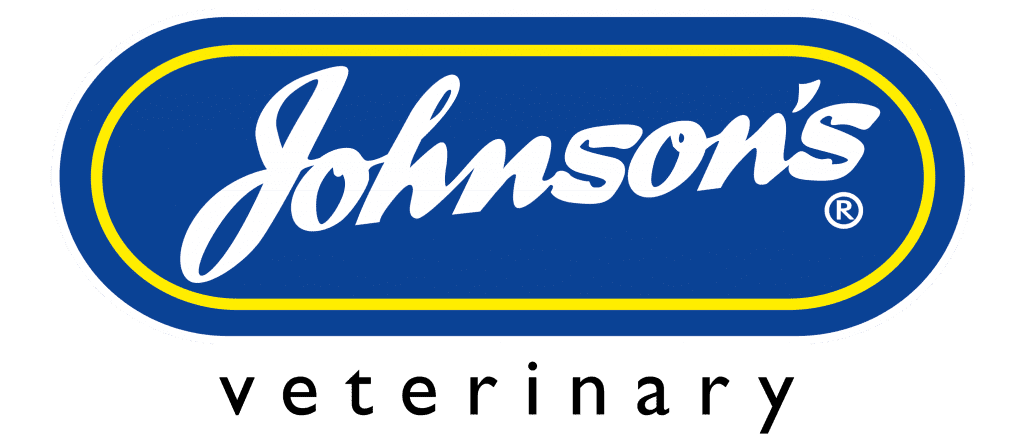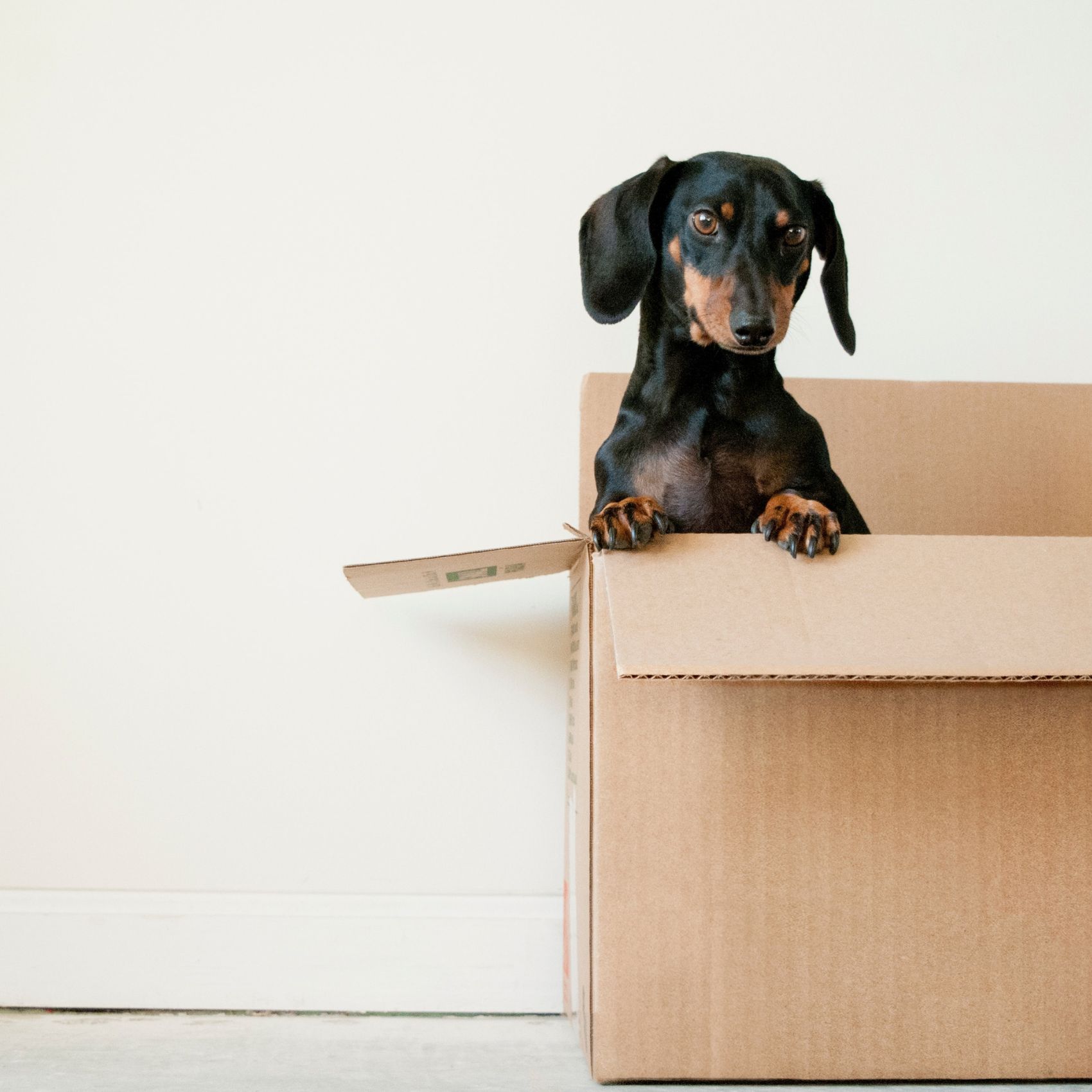In our last business blog, we looked at Johnson’s commitment to using recycled material and cardboard from FSC sources to ensure we maintain our environmentally friendly approach to the manufacturing and supply of our broad range of pet healthcare and wellbeing products.
Like most UK-based businesses we not only operate in one of the most expensive countries for manufacturing, but also one of the most regulated, even for pet medicine.
A huge number of elements impact the price of goods, from labour and transport costs to tax and regulatory expenses, to say nothing of the ingredients we use in our products themselves. A small rise across any or all of these elements can have a significant effect on the price paid by pet owners shopping in UK pet shops.
The current rise in costs across the manufacturing sector has been exacerbated by a huge jump in the cost of cardboard in recent years. The production of new cardboard boxes relies on the recycling of old cardboard and this supply has been hugely disrupted during the pandemic, when big users of cardboard, such as retailers and restaurants were largely closed.
Costs were also impacted by the ‘Amazon Effect’, with the online giant buying up most of the world’s supply to meet demand as consumers switched to web-based buying. This effect, when combined with other manufacturing cost increases has seen cardboard prices skyrocket, up more than 50% in the last 6 months alone.
In part the surge has been driven by the cost of recycled cardboard, which remains in short supply, which in the UK has risen from around £10 per tonne in January 2020, to more than to £100 per tonne, at the time of writing.
New plastic packaging tax will add to the burden
When Johnson’s was founded in 1921, our earliest liquid products were contained within glass bottles, which served the purpose well until plastic bottles became more common during the 1970s. Like many manufacturers with a heritage as long as ours, the switch from glass bottles was made because plastic is easier and less expensive to transport safely.
Most responsible manufacturers make efforts to minimise plastic usage and reduce the environmental impact of their activities, but the UK government is now targeting manufacturers and importers of plastic packaging with a new plastic packaging tax (PPT).
The government claims the tax, due to be introduced from April 2022, is designed to increase plastic recycling and reduce the use of new plastics, rather than to simply raise revenue and help fill the coffers at the Treasury.
The PPT will be levied on plastic packaging that contains less than 30% recycled plastic and surprisingly perhaps, ‘greener’ plastics, such as biodegradable and compostable plastics, will still incur the tax, although the government is reviewing this currently.
Plastic packaging that contains less than the prescribed 30% of recycled plastic, will incur the tax at a rate of £200 per metric tonne. In itself, this is not a substantial amount, given that a 200ml shampoo bottle contains approximately 21g of plastic, but it all adds up.
Will Johnson’s have to pay the tax?
From April 2022, everybody from the largest plastic packaging manufacturer to the local pet shop will see its effects. Although Johnson’s will not pay the PPT directly and nor will our customers, the additional cost incurred by those that manufacture or import ten metric tonnes of plastic packaging or more annually, will in likelihood pass down the supply chain and eventually to the consumer.
At a time when the economy is trying to get back on its feet post-pandemic, this is just another cost increase UK manufacturers could do well without. It puts more inflationary pressure on businesses, such as Johnson’s and we will work hard to resist imposing the necessary price increase.
There remains confusion in the industry about which businesses pay the tax and which have to merely accept its impact. The current issue will be the lack of recycled plastic in the market, which will make it hard for suppliers to achieve the target for customers such as Johnson’s.
As a business determined to reduce the environmental impact of our activities, we have been assessing the switch back to glass bottles for some of our liquids. However, it’s almost impossible to buy glass bottle production quickly and will require us to make a long-term strategic decision.
We will write regularly about issues impacting our manufacturing processes and our supply chain as we look to remain efficient and improve our green credentials. In the meantime, if your shop, store or outlet stocks our products and you have any questions, please get in touch.





